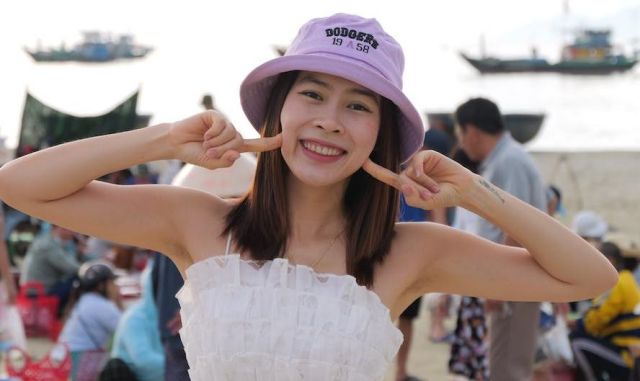

Fashion, a realm of dynamic creativity and eloquent expression, serves as a canvas for photographers who skillfully use their lens to tell visually compelling stories. This fusion of fashion and photography evolves into an art form, known as fashion photography, where technicalities meet creativity, and expertise meet aesthetics. To explore the depths of fashion photography, let’s delve into some key techniques employed by the masters of the field.
One of the most significant techniques in fashion photography is lighting. Lighting is the lifeline of every shot, bringing depth and life to the subject. A skillfully lit photograph can emphasize the intricate details of an outfit or accentuate the model’s features, creating a harmonious scene. Fashion photographers often use a three-point lighting setup, comprising a key light, fill light, and back light. The key light is the main light source, illuminating the scene. The fill light softens the shadows that the key light may cast, and the back light separates the subject from the background, giving depth to the composition.
Incorporating interesting locations or backgrounds is another technique that adds a unique touch to fashion photography. The choice of location should be strategic and carefully considered, as it can greatly enhance the narrative of the shot and the appeal of the outfit. A rural setting can lend a rustic charm to a vintage styled dress, while a sleek, modern building can serve as the perfect backdrop for a minimalist, structural design. Thus, the location is not merely a backdrop, but a character that interacts with the model and the clothes they are showcasing.
Posing is another crucial aspect of fashion photography. A good pose can make a huge difference in how the clothes are presented and perceived. It should not only be flattering for the model but also complement the outfit, enhancing its features and silhouettes. The model’s pose can breathe life into the clothes, making them seem less like inanimate objects and more like integral parts of their character.
Lastly, post-processing in fashion photography is where the magic truly happens. It’s the digital darkroom where photographers can enhance colors, adjust lighting, and clean up any imperfections. It’s not uncommon to see a photo transform entirely during this stage. However, one should bear in mind that over-editing can strip away the natural elements of the photo, making it look artificial and over-polished. Therefore, a delicate balance must be maintained.
Given the creative latitude in fashion photography, experimenting with various techniques becomes imperative. Each photographer develops their unique style, signature lighting, a preferred palette of colors, or a distinctive way of composing the shot. But regardless of the individual style, mastering these fundamental techniques will open new horizons for creativity and artistic exploration. After all, fashion photography is an intricate dance of light, location, pose, and post-processing, resulting in stunning visuals that captivate and inspire.